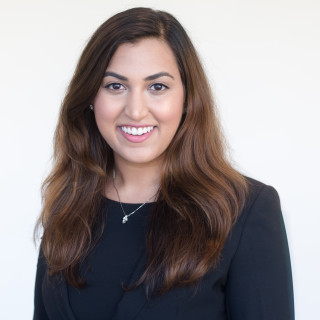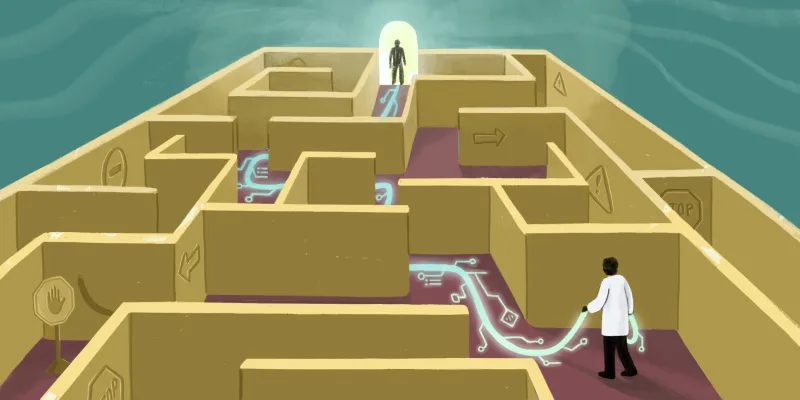
The transition that occurs from the classroom to the clinical rotations in medical school is accompanied by excitement, responsibility, optimism, fear, and expected awkwardness. In the student role, it is relatively common to play the role of observer — learning by the words and actions of the faculty and residents above us in lieu of lectures and textbooks. In our first interactions with patients as “student doctors” common barriers such as insurance coverage, inability to travel to the hospital, difficulty coordinating care, or health literacy are frustrating. The inevitable thought, “There must be a solution” comes almost immediately.
For every patient I have seen in the emergency department without a primary care provider, or with an advanced cancer diagnosis due to poor access to healthcare or early intervention, or with inability to purchase common necessary prescriptions, the practice of medicine becomes simultaneously meaningful yet disheartening. The textbooks and lectures of years past, do not prepare us to wholly treat “this” patient.
If there was a solution–the physicians, social workers, nurses, advanced practice providers, care coordinators before us must have surely already tried. So even when a simple solution or streamlined care pathway for our patients seems possible in our naïve eyes, our bewildered voices may remain mum.
In the era of the Affordable Care Act, Medicaid expansion, and additional healthcare staff to coordinate care, there are still insurmountable recurring gaps in healthcare utilization. The logistical burden of caring ultimately takes shape in financial, emotional and clinical taxes on the healthcare system.
It is undoubtedly certain each clinician I have met entered medicine with the ideals of caring for those around us, regardless of pre-existing conditions, socioeconomic factors, and our own biases. However, realistically, the pathway to providing both the best and most efficient care can be mutually exclusive goals within healthcare.
In my silent observations, the hurdles in providing the envisioned care that merges best and efficient are numerous. The potential solutions could include universal electronic medical records to facilitate a central and more complete understanding of a patient’s medical conditions. Perhaps we need to contemporize the references and guides we utilize when explaining management options effectively to patients. With electronic and virtual visits on the horizon, maybe there is hope for wider access to continuity of care.
Despite the areas of growth within the practice of medicine, cost-effective advances that do not add to the already full physician plate are slow to materialize. From the mouths of residents, faculty, and even my own recently, a heavy sigh and familiar, “Unfortunately, this is just the way it is” escapes.
The disappointment is palpable when physicians have visibly tried to treat a patient sooner. When it is clear they have offered alternatives to patients struggling to find transportation or times to come to clinic, or when they work with healthcare or insurance administrators to approve necessary tests/procedures. They fill new roles beyond providing medications and performing procedures to partnering with their patients for shared health goals. Their efforts often met with the similar grim results, or worse resistance from external factors.
The very reasons why we enter this profession — the components of compassion to which we cling in the sea of physician burnout, are the very ones challenged in our healthcare systems. Further, there are mixed feelings about where to place energies to improve the provider and patient experience within our practice settings. Even in concerted efforts, there is little assurance of paradigm shifts in overall patient care outcomes.
Being trapped between foreseeing the next frontier and coping in the current state, unsurprisingly appear to translate to provider exasperation and fatigue. The logistics of caring, the frequent heavy sighs, are hopefully only temporary burdens to carry in our ever-evolving healthcare model.
Shree Agrawal is a fourth year medical student at Case Western Reserve University, where she also completed her bachelors of science degree in biology. She is passionate about research surrounding patient decision-making and is applying for urology residency this fall. Shree has recently completed a clinical research fellowship in genitourinary reconstruction at the Glickman Urological and Kidney Institute at Cleveland Clinic and currently blogs for Doximity and the Association of Women Surgeons. In her free time, she enjoys boxing, practicing yoga, and cooking. She is a 2018–2019 Doximity Author. Twitter: @ShreeAgrawal21







